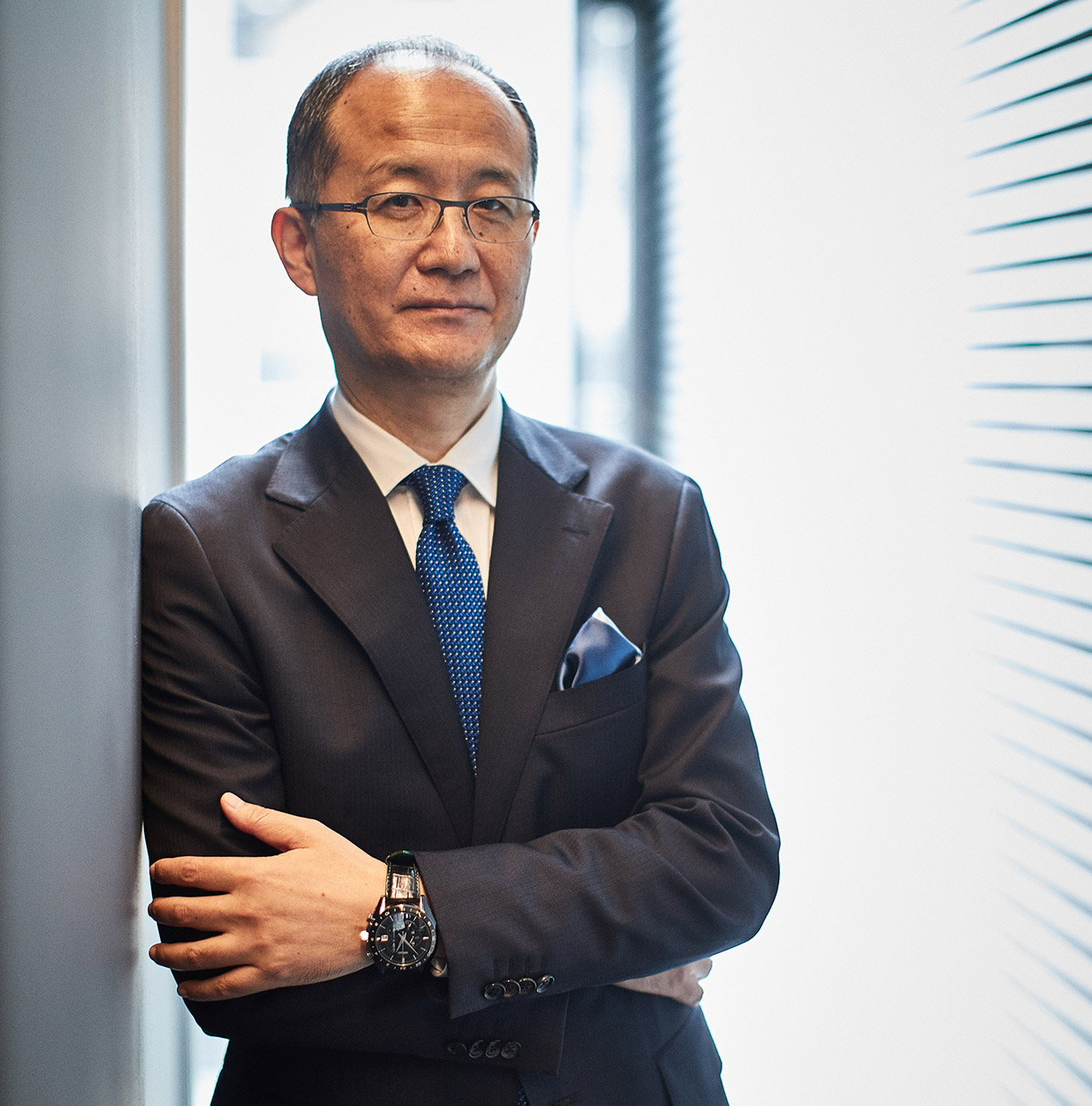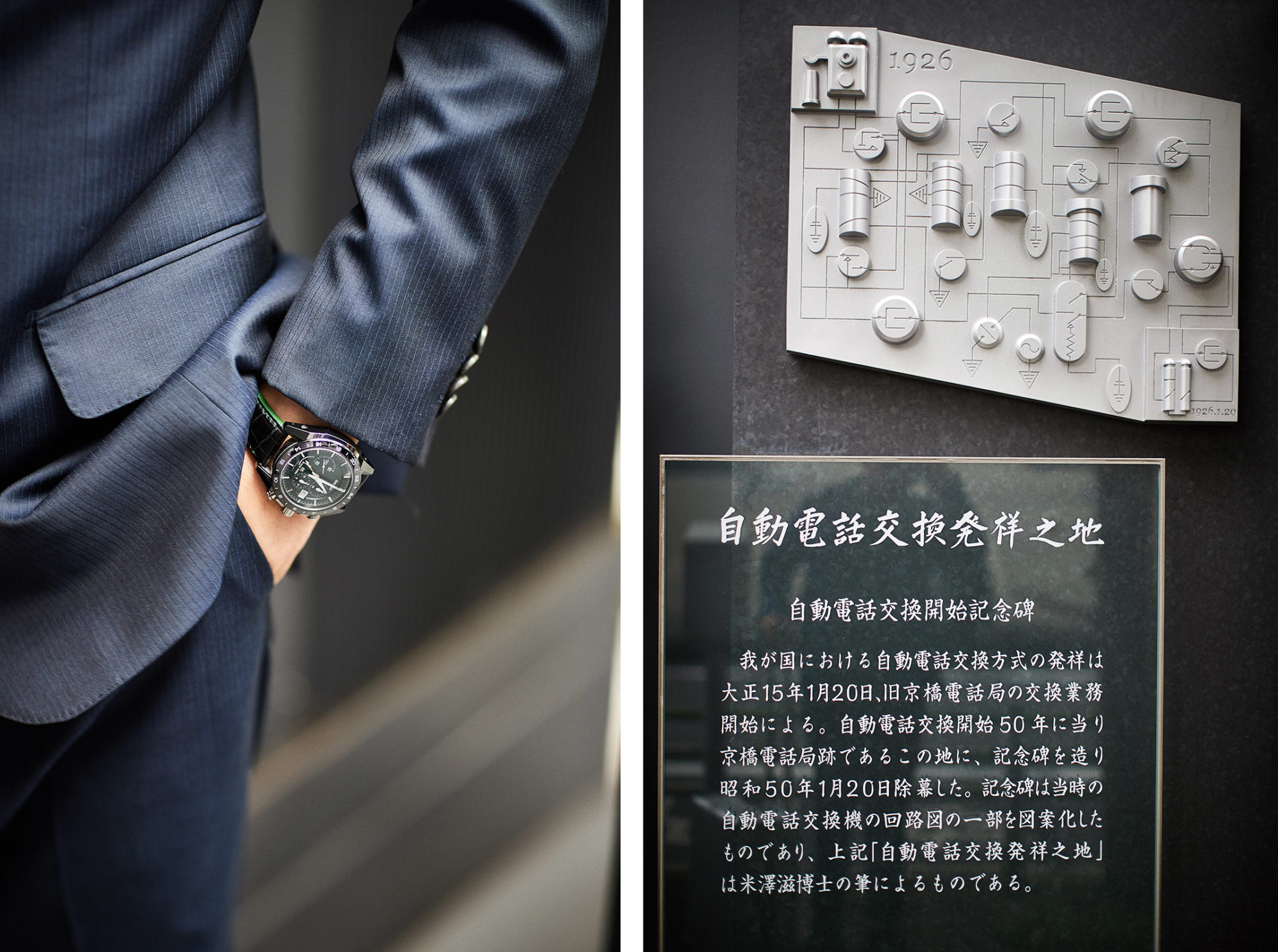[Editor’s note: The night before this interview, Seiko Watch Corporation chairman and CEO Shinji Hattori sang three karaoke songs, including Elvis Presley’s “Can’t Help Falling in Love,” in front of a small group in Tokyo with impressive aplomb.]
Shinji is an unusually talented singer. Do you sing, too?
In a very private setting, I might. [Laughs]
Do you have a go-to karaoke song?
Yes, it’s a traditional Japanese Enka song. You wouldn’t know it.
Okay, now that we’ve gotten that out of the way, I don’t think most watch buyers in the United States are aware that Grand Seiko’s Japanese-made mechanical movements are as fine as any crafted in Switzerland. What are your aims and ambitions for educating the U.S. market?
We’re keenly aware that a brand cannot be built overnight. And my belief is we cannot build a brand based on advertising. The brand’s history, its values, its unique features—all of these things must be thoroughly explained and communicated. We’ve just launched a dedicated Grand Seiko marketing team in the U.S., and we have eyes on building Grand Seiko boutique stores there. We’ll be planning more and more events, and we will be increasing our social media communication as well.
It was announced at the Baselworld watch fair this year that Grand Seiko is now officially its own autonomous brand, separate from Seiko. What was the reasoning behind establishing this division?
In 1960, after the inception of the Grand Seiko brand in the Japanese market, it was already a special and distinguished brand from the other Seiko watches. If you look at the three main products we offer—the quartz, the Spring Drive, and the mechanical—they were all proprietary to Grand Seiko from the very first day. Also, the engineers, the developers, the manufacturing line, the designers—all of this was dedicated to Grand Seiko from the beginning.
In terms of the distribution of Grand Seiko, in Japan we have the Grand Seiko “master shop system.” These are shops we’ve designated throughout Japan. They could be upmarket department stores, jewelry stores, or specialty stores. There are 140 of them. They serve as the very foundation, or the core, of Grand Seiko’s distribution here. We adopt a very unique approach. These master shops might be able to offer exclusive models, for example.
Your in-house designer Nobuhiro Kosugi is practically a national treasure. Where do you see design within the matrix of things at Grand Seiko?
I think Grand Seiko’s design philosophy is in the finishes and the textures we create. It’s expressed in a minimal manner. Sometimes we hear from customers who are used to the Swiss brands that Grand Seiko might be a little too subtle for them, but that’s exactly what we’re trying to communicate. I think this is a Japanese trait—we want to have perfection in the details.


